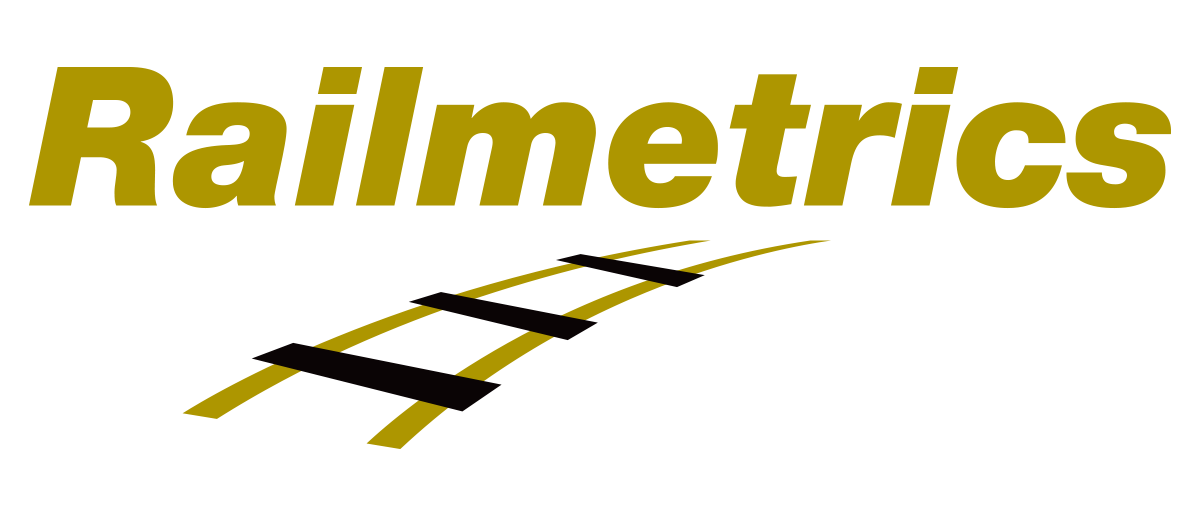Track Monitoring for East Coast Line
Challenge
The East Coast Line is a critical project for energy transition and grid stability, transporting green electricity from East Holstein to the south and linking Germany to the European power grid via the Baltic Cable.
TenneT is responsible for planning and implementing the 380 kV transmission line, which is expected to be commissioned in 2027. In the "Ulzburg – Lübeck West" section, where an existing 220 kV line will be replaced, two underground cable sections will be built using the "culvert method." During construction of the underground tubes, a double-track railway line will be crossed using microtunnelling.
To ensure the safety of rail traffic during tunnelling, continuous track monitoring was required to detect any changes in the geometry of the track in near real time.

Map of East Coast Pipeline
Solution
To meet the safety and monitoring needs, Allsat was called on to implement a comprehensive track monitoring system.
The Allsat team installed a total of 48 NanoMacro Triaxial Tilt Sensors on the rail track. These sensors are powered by long life batteries, eliminating the need for external power, and enabling quick installation and maintenance-free operation throughout the project.
The tilt sensors were fixed on steel sleepers at 2.5 m intervals using two-part mounting plates and quick fix adhesive. They measure changes in horizontal and longitudinal directions with high precision. This data is then used to derive changes in track geometry, including cant/crosslevel and twist.
In the area immediately above the tunnel a total of six Optical Displacement Sensors were deployed (three per track) to measure lateral displacement. These sensors provide reflector-free distance measurements to an external target. Since there were no suitable targets in this section of track, metal stakes with small metal plates were rammed into the ground at a suitable distance from the track.
The monitoring system was set to report data every 30 minutes, increasing to 10 minute sampling frequency as the micro tunnelling machinery passed under the tracks.
Two solar powered cellular gateways were installed to collate the sensor data and transmit it to the Senceive WebMonitor online platform for analysis. Remote users were able to access a graphical overview for a quick snapshot of the measurement data status, or a time series display which allowed for more detailed analysis.
The graph below shows the time series of laser distance measurements from three sensors over a two-month period, revealing a high level of stability apart from temperature related diurnal cycles of approximately 1 mm.

Outcome
This wireless track monitoring system has proven highly effective in monitoring track stability during the tunnelling phase of the East Coast Line project. The real-time data provided by the Triaxial Tilt Sensors and Optical Displacement Sensors allows for precise monitoring of track geometry, with automated alerts sent to project stakeholders via SMS and email if significant deviations occur.
The system’s autonomous power supply and robust communication network ensure continuous operation, even in adverse weather conditions.
Thanks to the wireless and maintenance-free nature of the system, installation was quick and easy, minimising disruption to the railway line. By integrating Senceive’s technology, TenneT and the construction teams have gained crucial insights, safeguarding both the safety and stability of the railway during this complex infrastructure project.
Read the original version of this case study in German on ALLSAT's website here
Downloads
Created on: Fri 18th Oct 2024













